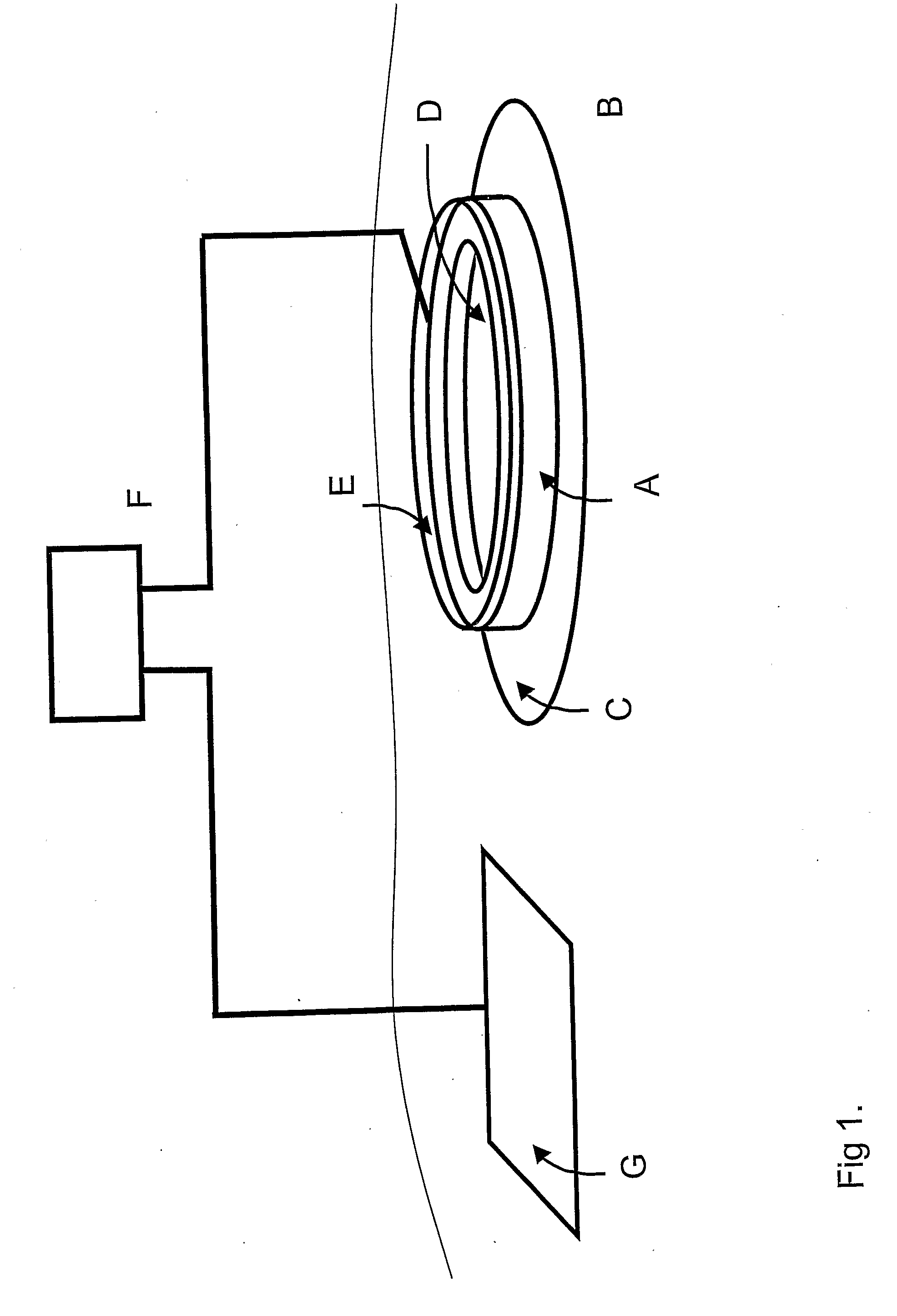Non-invasive method to monitor microcirculation
a microcirculation and non-invasive technology, applied in the field of non-invasive methods to monitor microcirculation, can solve the problems of poor application prospects in primary care or general practitioner's office, poor application prospects, and difficult use of technology in primary care and general practitioner's offi
- Summary
- Abstract
- Description
- Claims
- Application Information
AI Technical Summary
Benefits of technology
Problems solved by technology
Method used
Image
Examples
example
[0035] In a pilot study—following the production of vasodilatation in skin tissue—several different algorithms were applied in the generation of the output data matrix. The average value of the elements of this data output matrix is shown in FIG. 5 for the algorithms (R-G) / (G-B), (R-G) / B, RIG, RIB, (R-B) / G and (R-G) / (R-B), where R, G and B represent the average values of the data matrixes representing red, green and blue color. For each algorithm employed, the test was performed on the skin sites labelled (BDonDIL) representing a skin site Before Dilatation on DILated area, (ADonDIL) representing a skin site After Dilatation on DILated area, (BDonNOR) representing a skin reference site Before Dilatation on a NORmal not dilated area and ADonNORM representing a skin reference site After Dilatation on NORmal not dilated area respectively. As can be seen from the example in FIG. 5 the algorithm (R-G) / B gives the best discrimination among the algorithms tested. All color separations and ...
PUM
 Login to View More
Login to View More Abstract
Description
Claims
Application Information
 Login to View More
Login to View More - R&D
- Intellectual Property
- Life Sciences
- Materials
- Tech Scout
- Unparalleled Data Quality
- Higher Quality Content
- 60% Fewer Hallucinations
Browse by: Latest US Patents, China's latest patents, Technical Efficacy Thesaurus, Application Domain, Technology Topic, Popular Technical Reports.
© 2025 PatSnap. All rights reserved.Legal|Privacy policy|Modern Slavery Act Transparency Statement|Sitemap|About US| Contact US: help@patsnap.com



